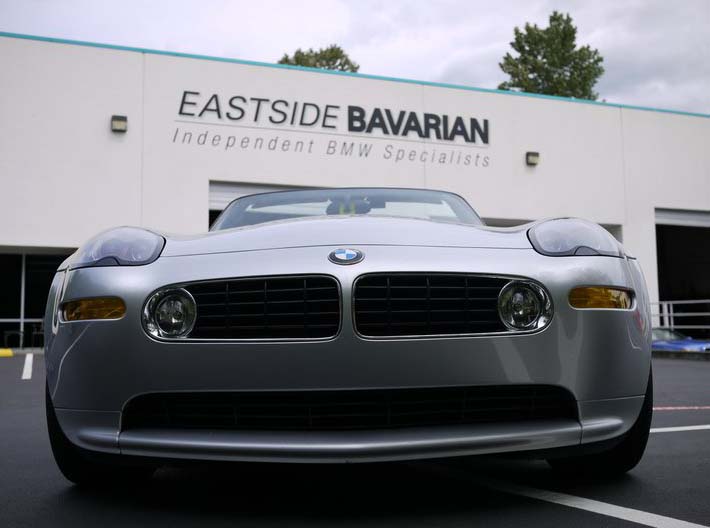WHAT TYPES OF BRAKE SYSTEMS DOES MY CAR HAVE?
Most cars have disc brakes as well as a parking brake, that is either cable operated or electronically activated.
Disc Brakes
If you look through one of your car’s wheels, you will see a shiny metal disc just inside. This is called a disc brake. When the driver steps on the brake pedal, a pad of hard-wearing material clamps onto the brake disc and rubs it to make it slow down—in a similar way to bicycle brakes.
Handbrake
Your vehicle’s handbrake applies force to the brakes in a slower, less forceful way via a lever that is located between your car’s two front seats. When you pull on the brake, a system of levers tugs on a pair of sturdy cables that apply the brakes to the back wheels. The handbrake system is completely mechanical and does not use brake fluid like the disk and drum brakes, so it can be used as an emergency brake (with great care) when the other brake systems fail.
Electric “Hand/Park” Brake (e-Brake):
Electronic brake is used in many newer vehicles and replaces the traditional handbrake. With electric park brakes, the driver activates the holding mechanism with a button and the brake pads are then electrically applied onto the rear brakes. This is accomplished by an electronic control unit (ECU) and an actuator mechanism. There are two mechanisms that are currently in production: 1. Cable puller systems and 2. Caliper integrated systems. EPB systems can be considered a subset of Brake-by-wire technology.
HOW DO I KNOW IF I NEED TO BRING MY VEHICLE IN FOR A BRAKE REPAIR?
Taking care of your brakes is crucial to maintaining a safe driving experience for you and your passengers. It is a feature you use every day, and even a slight change can indicate something is wrong. If your vehicle’s brakes are performing poorly, it is imperative that you bring your car in for an inspection. Some warning signs include:
The brake light on your dashboard turns and stays on.
If this happens, first make sure your handbrake is not engaged. If your brake light stays on, your vehicle is telling you it is time for an inspection and/or there is a problem with your brakes.
Your car pulls to one side when braking.
One brake system may be working more efficiently than the other, causing your vehicle to pull to one side when braking.
Your brake pedal feels soft or spongy.
If you notice a difference in the resistance in the brake pedal — it feels “softer,” or sinks all the way to the floor mat when you press on it — it is a sign you need immediate service. There could be air or moisture in the braking system or a problem with the master cylinder.
Your brakes are squeaking, grinding, or squealing.
If you hear a high-pitched noise when applying your brakes, it likely means that your brake pad has worn out. This could also cause a grinding sound; a grinding sound could also indicate a lack of lubrication in vehicles with rear drum brakes.



